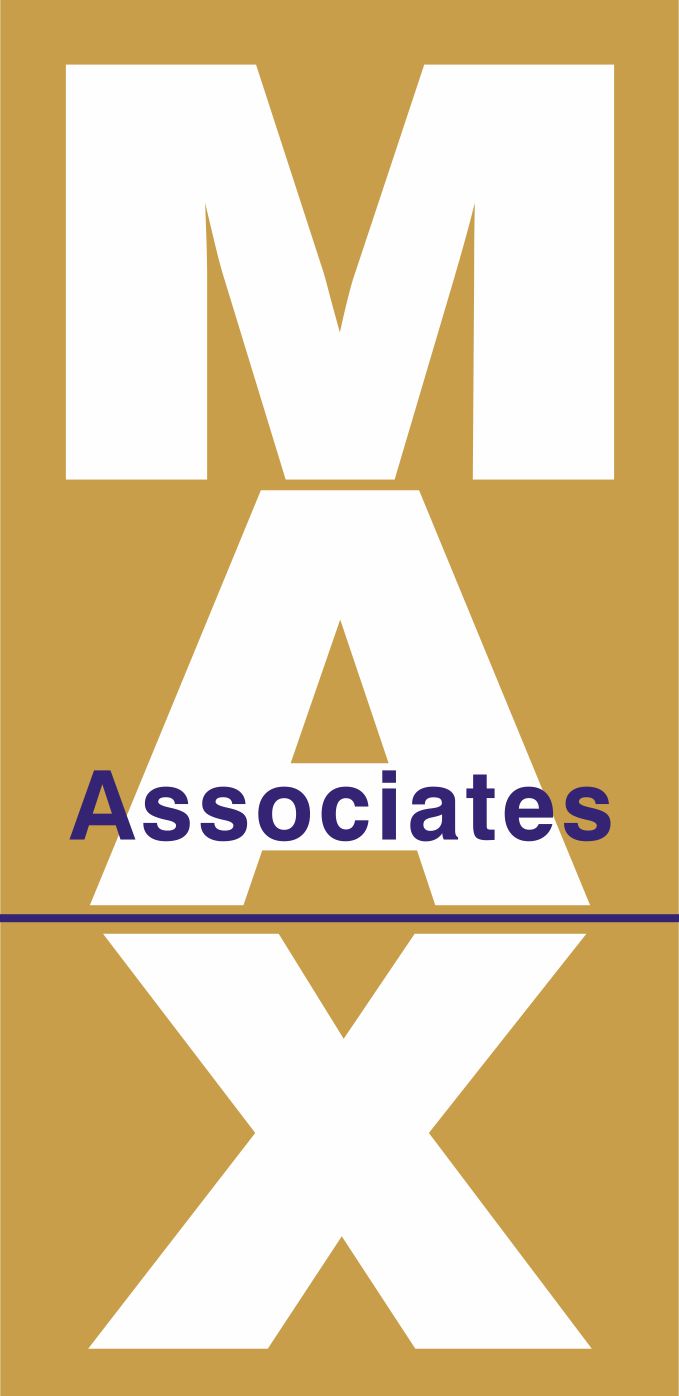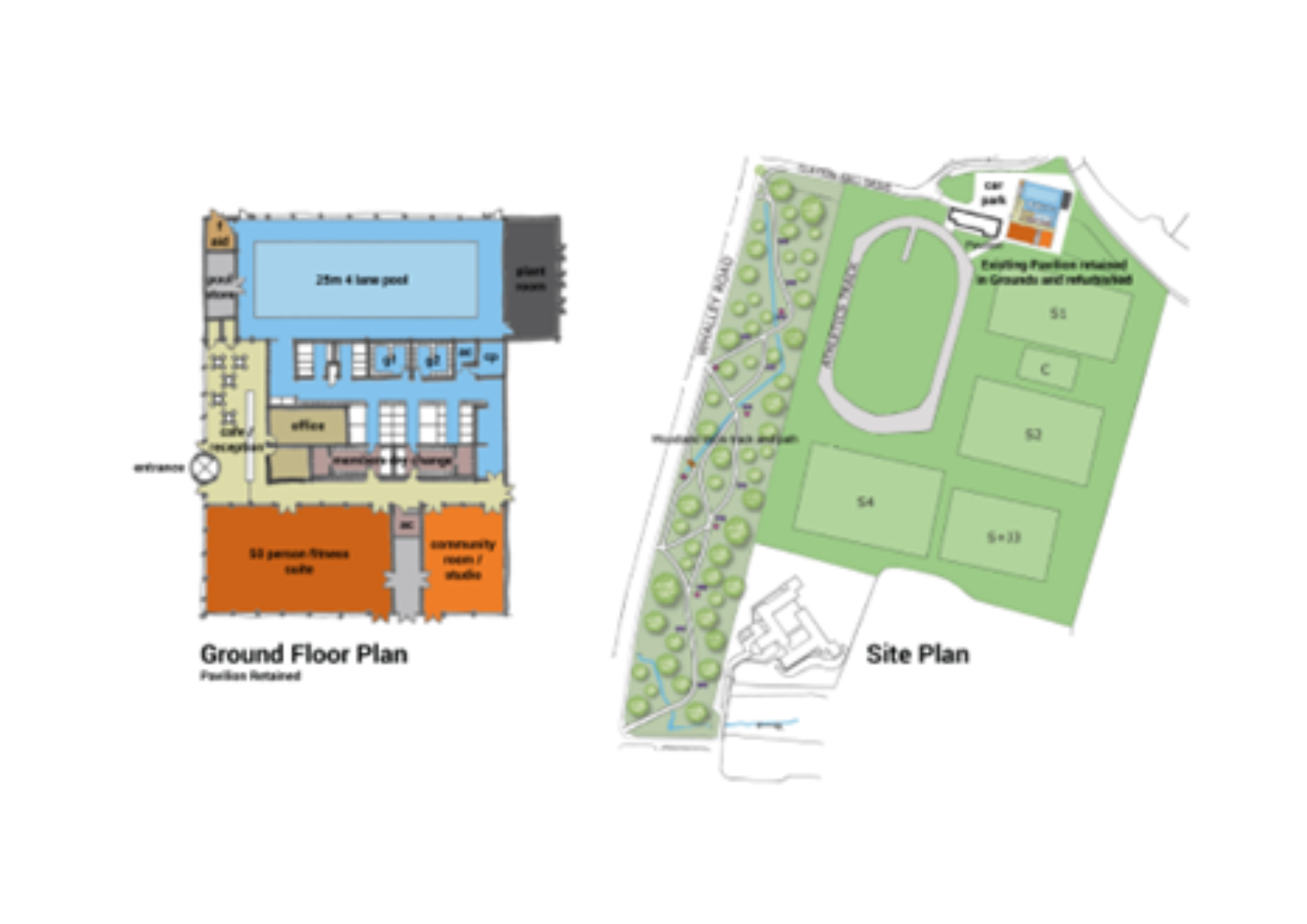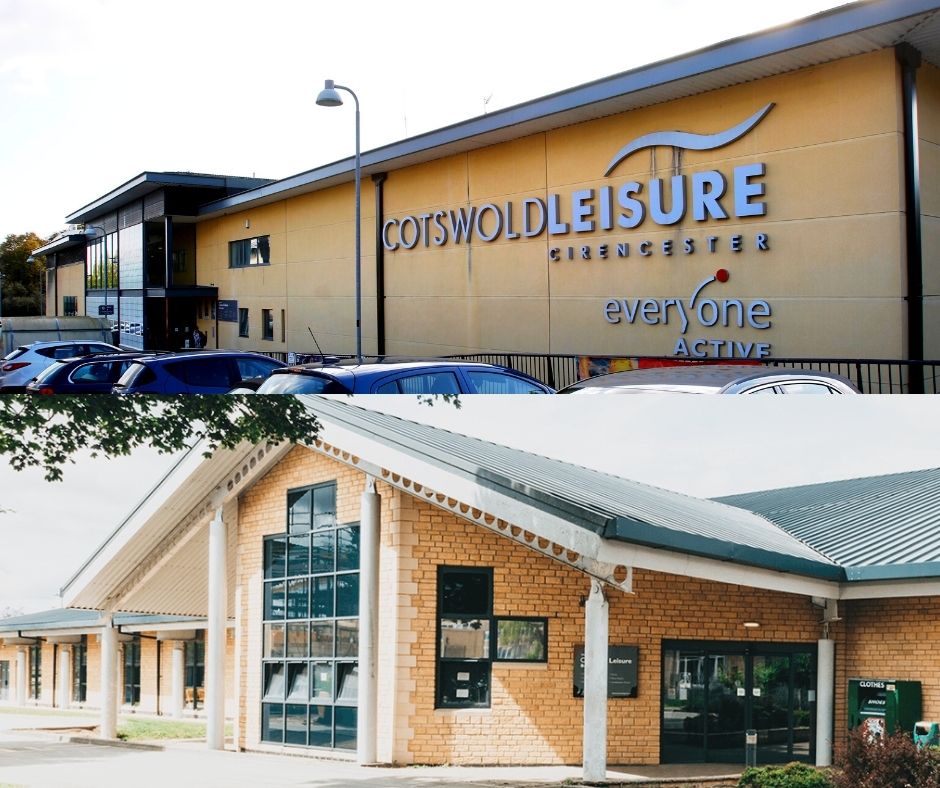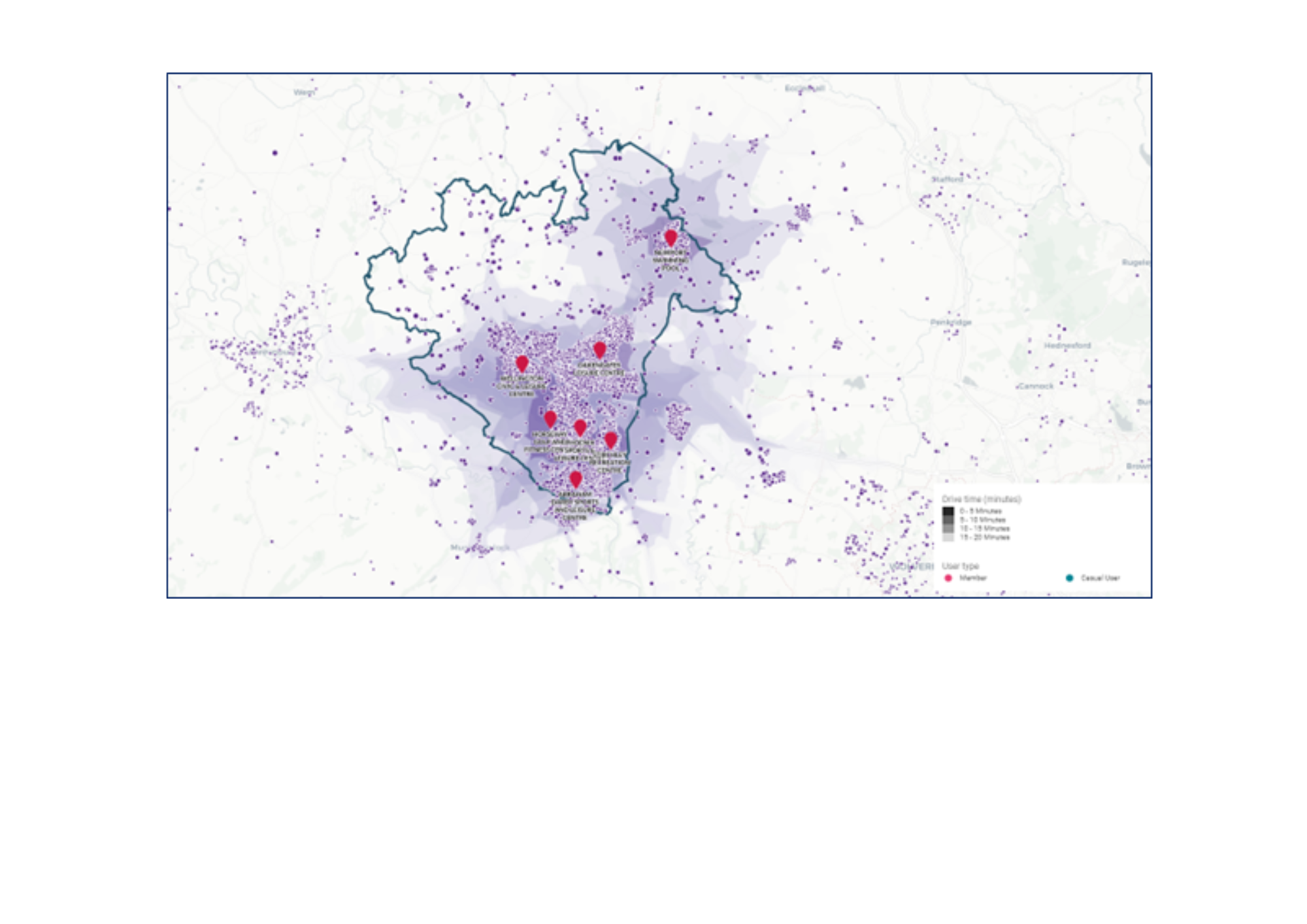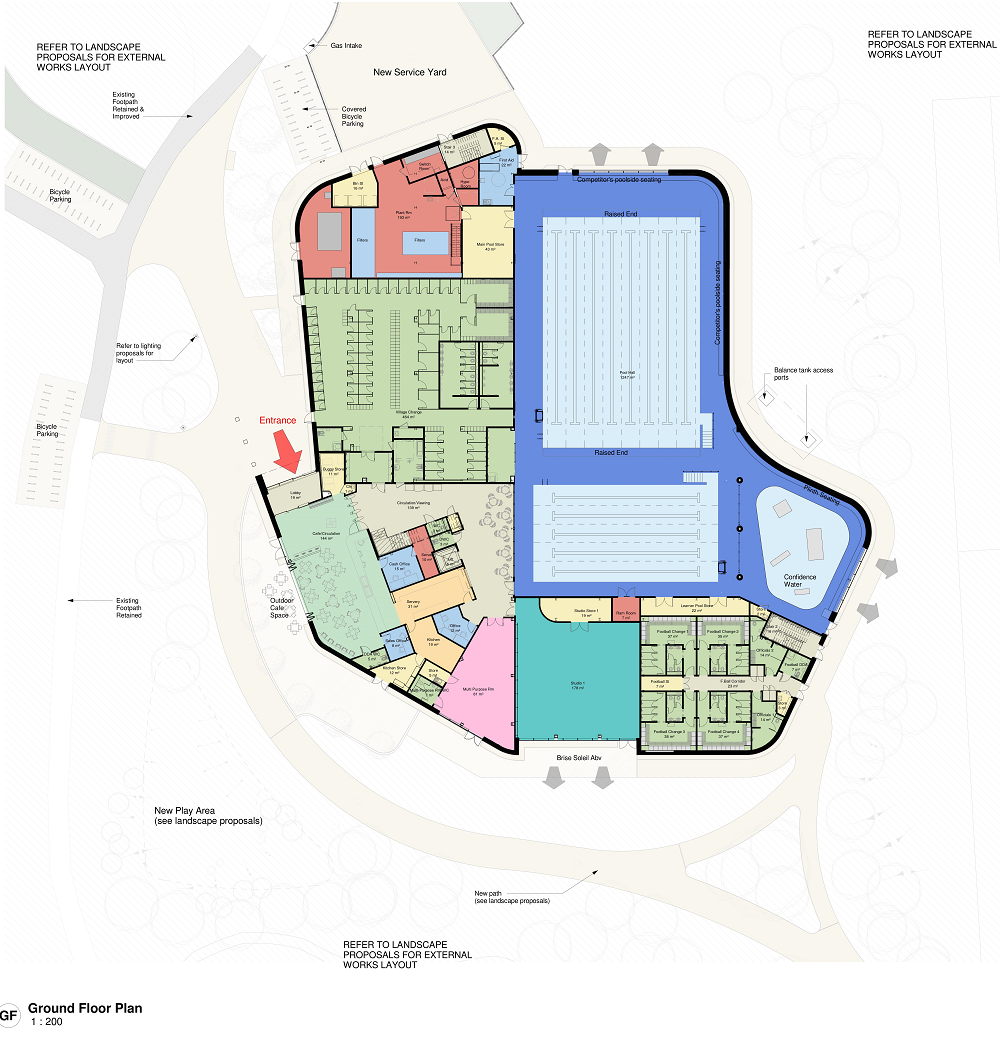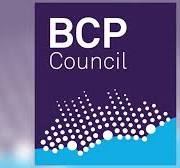
In 2022 Max Associates was commissioned to complete a management options appraisal for leisure facilities in the Council area.
This appraisal focussed primarily on future arrangements at five sites: Ashdown Leisure Centre, Poole (Dolphin) Leisure Centre, Rossmore Leisure Centre (operated by SLM Ltd) and Two Riversmeet Leisure Centre and Bournemouth Indoor Bowls Centre (BIBC), both of which are currently run in-house.
Outcome
The three leisure centres, Ashdown, Rossmore and Poole (Dolphin) transferred back in-house in October 2024.
Testimonial
“Working with Max Associates was an absolute pleasure. Their comprehensive review of our future leisure centre management model was exceptional. They demonstrated deep understanding of the sector, meticulously analysing operations, customer experience and financial performance.
The final report was thorough, insightful, and presented clarity, offering practical recommendations that aligned perfectly with our councils’ objectives. Thanks to their high-quality work, we now have a clear roadmap to improve efficiency and enhance the services we provide the community. I wholeheartedly recommend Max Associates to any organisation seeking expert consultancy in the leisure sector.”
Dan Stone – Leisure Partnership and Development Manager, BCP Council
Summary of Project
The options appraisal followed a staged process and covered the following key areas.
- A summary of key national strategies and their respective outcomes
- The local strategic context was set out including a review of council priorities and objectives and a BCP area profile, which aided understanding of the local situation to ensure that future management options can deliver services appropriate to the communities the leisure centres serve.
- A review of existing facilities including current cost of the service, performance review, review of built facility strategy and a competition analysis were undertaken to understand the base position against which the management options would be evaluated
- Analysis of neighbouring local authorities and the current leisure management market was undertaken
- Of the available management options we set out the scope of services, characteristics, advantages and disadvantages of each option. This also included an analysis of set up costs and timetables for implementation.
Following discussions with the Council, a weighted evaluation matrix was devised to assess each of the management options reflecting the Council’s key priorities.
Each management option was then evaluated against the agreed criteria and scored out of five.
After this initial evaluation both the LATC and external contractor options scores were aligned. Consequently, it was agreed to complete a second stage evaluation. The in-house option was discounted at this point due to the risk of the Council breaching its partial exemption limit.
This second stage of the evaluation focused on five core evaluation criteria.
- Delivery of strategic outcomes
- Quality of service and customer satisfaction
- Revenue implications
- Value for money
- Risk/sustainability and council influence and control
Following the second stage evaluation, the external contractor option scored highest. However, following the completion of this report HMRC announced changes to VAT guidance, which meant leisure could be treated as ‘non-business’ by local authorities. This change meant the risk of the Council breaching its partial exemption limit was no longer a applicable.
Consequently, an addendum to the original report was produced completing the second stage evaluation, with the in-house option included. The benefit of VAT relief on income, along with no irrecoverable VAT costs for the in-house model, offset the external contractor/LATC savings on NNDR and staffing and central support costs and profit requirements. The outcome was a comparable financial position for the in-house and external contractor options.
Given the strength of the in-house option under other criteria such as council influence and control and meeting of strategic outcomes, the updated evaluation showed the in-house option to score highest and was therefore considered the option that was best able to meet Council priorities and requirements.
